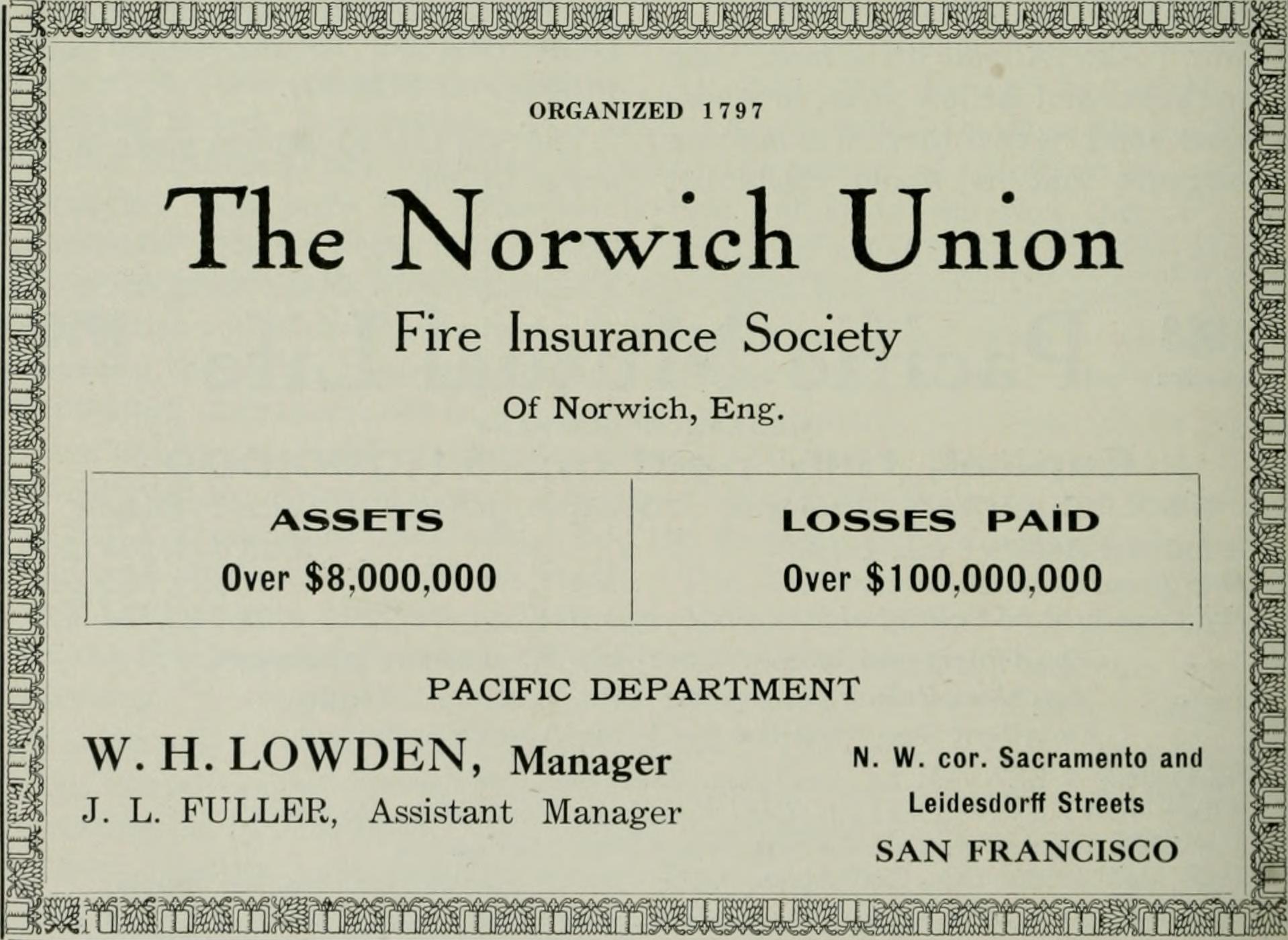Property & Casualty Agent 101
- Introduction to Property and Casualty (P&C) Insurance
- General Liability Insurance
- Workers Compensation Insurance
- Stock Throughput Policies
- Product Recall Coverages
- Inland Marine Insurance
- Cyber Insurance
- Directors and Officers (D&O) Insurance
- Other Insurance Policies
- Other Insurance Policies
- Other Insurance Policies
- Other Insurance Policies
- Wrap Up and Preparation for Licensing Exam
General Liability Insurance
Overview of General Liability Insurance

Equitable transfer of the risk of a loss, from one entity to another in exchange for payment.
General Liability Insurance, often referred to as business liability insurance, is a critical coverage that every business needs. It provides protection against a range of potential claims that can arise from the business's operations.
Definition and Purpose of General Liability Insurance
General Liability Insurance is a type of insurance coverage that can protect your business from a variety of claims including bodily injury, property damage, personal injury, and others that can arise from your business operations. It is designed to protect business owners and operators from a wide array of risks.
The purpose of general liability insurance is to shield the assets of a business in the event it faces a lawsuit for things that happened as a result of its operations. This could include injuries that occur on the premises or damages caused by the actions of an employee.
Role of General Liability Insurance in Risk Management
Risk management is a key aspect of any successful business strategy. General liability insurance plays a crucial role in a company's overall risk management plan. It provides a financial safety net for unexpected events, which could otherwise have a significant impact on the business's finances and operations.
Without general liability insurance, a business could have to pay out-of-pocket for costly damages and legal claims against it. This could result in financial hardship, or in some cases, bankruptcy. Therefore, general liability insurance is not just a safety measure, but a strategic tool for financial stability.
Understanding the Basic Structure of a General Liability Insurance Policy
A general liability insurance policy typically consists of:
- The Declarations Page: This is the first page of the policy and includes the policy number, policy period, name and address of the insured, the premium amount, and limits of liability.
- The Insuring Agreement: This section outlines what the insurer promises to do, including the covered losses and the circumstances under which the insurer will pay.
- Exclusions: These are the specific situations that are not covered by the policy.
- Conditions: These are the rules the insured must follow in order to have a covered loss paid.
- Definitions: This section defines the key terms used in the policy.
Understanding the structure of a general liability insurance policy is crucial for business owners. It helps them understand their coverage, know what is excluded, and understand their responsibilities as policyholders.